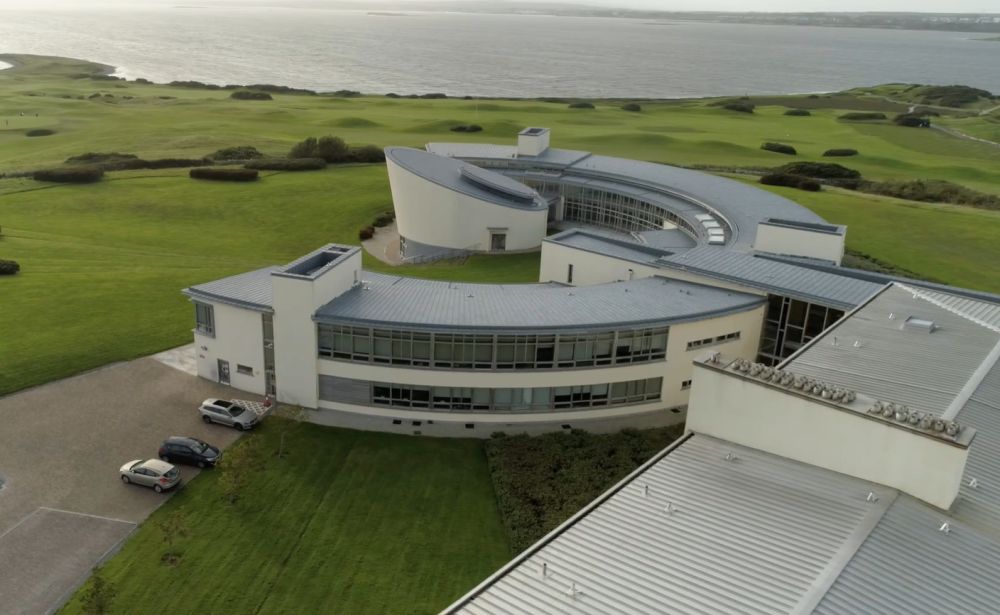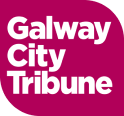Marine Institute in Galway cuts waste by 95 per cent
Published:
-
-
Author: Denise McNamara
~ 3 minutes read
From this week's Galway City Tribune
The Marine Institute managed to dramatically cut its waste across all areas in the last two years by completely changing the way it did business.
In a remarkable turnaround for the national facility based in Maree outside Oranmore which could set a new standard for other labs, scientists were able to reduce the waste it sent to landfill or incineration by a phenomenal 95%, going from 4,000kg to 130kg. They cut single-use plastics by 69%.
The institute also reduced hazardous chemical waste by 23%, printing by 81%, and fume hood and cold storage equipment energy consumption by 30%.
Research chemist Jane Kilcoyne said the savings were achieved through procedural and behavioural at the institution, which runs Ireland’s national monitoring programme for toxins in shellfish. The facility gets just over 3,000 samples per year that need to be tested for regulated toxins and staff complete more than 5,000 tests per year. Scientists also carry out a lot of research on biotoxins.
“Team members across multiple divisions were engaged in the process and it was a great team-building exercise,” she told the Galway City Tribune.
The majority of the waste has been diverted from landfill or incineration through recycling and composting.
Polystyrene boxes in which shellfish samples were shipped from all over Ireland to the Institute are now cleaned and stored until onsite compacting to remove the air is carried out by a company specialising in polystyrene recycling.
“All our non-toxic shellfish waste is now sent for composting. Shellfish waste makes a great fertiliser for organic farming,” she explained.
Laboratory single-use plastics reduction was achieved by transitioning to compostable paperboard and glass alternatives.
Hazardous chemical waste was cut by 23% by simply extending expiry dates on chemical solutions and only ordering and preparing what was required.
Analytical data that had previously been printed is now stored digitally and so far has led to a reduction in printing of 81%.
The 30% reduction in energy consumption was achieved by installing filtration systems in the fume hoods, enabling them to be powered down when not in use and by taking 11 freezers out of use.
“Other more sustainable behavioural changes include pulling down fume hood sashes and powering down laboratory equipment after use.”
Maintaining the changes has been very straightforward, the scientist insisted.
“As well as being more sustainable we were able to increase efficiencies, save money, and the changes adopted in our procedures and behaviours are now embedded in the laboratory.”
“Reducing resource and energy consumption is critical for environmental protection.
“We were able to adopt simple, effective, and cost-reducing transitions in our laboratory that has led to reductions in single-use plastics, waste, and energy, without compromising scientific standards.
“A key component of the success achieved to date has been through staff engagement and behavioural changes. In addition to environmental protection and financial savings, these strategies promote environmental awareness, innovation, and greater staff engagement.”
This article first appeared in the print edition of the Galway City Tribune, September 2. You can support our journalism by subscribing to the Galway City Tribune HERE. The print edition is in shops every Friday.
More like this:

University of Galway study finds that seeing yourself on Zoom and Teams causes fatigue
A study of brain activity has confirmed users’ fears that viewing your own image on video confere...

Big turn-out for launch of Barna/Knocknacarra Irish Language Plan
A large crowd, young and old, gathered in Áras Mhic Amhlaigh recently for the launch of the Barna...

Organ donor families fund refurbished ICU Family Rooms in memory of their loved ones
Two family rooms in the Intensive Care Unit at UHG have recently been refurbished for use by fami...

Catherine Connolly says “penny hasn’t dropped” with Government on meaningful climate action
The “penny hasn’t dropped” with the Government when it comes to the importance ...

Aquisition of Galway company creates largest renewable services
A leading Irish firm has acquired a Galway company, creating one of the largest renewable energy ...
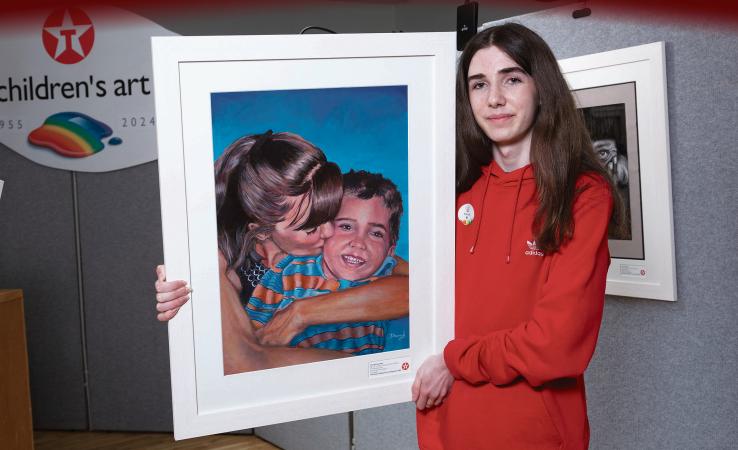
Gort teen is big winner as five Galway artists are recognised in Texaco Children’s Art Competition
A teenage artist from Gort was the big winner as Galway took home five prizes from this year’s 70...
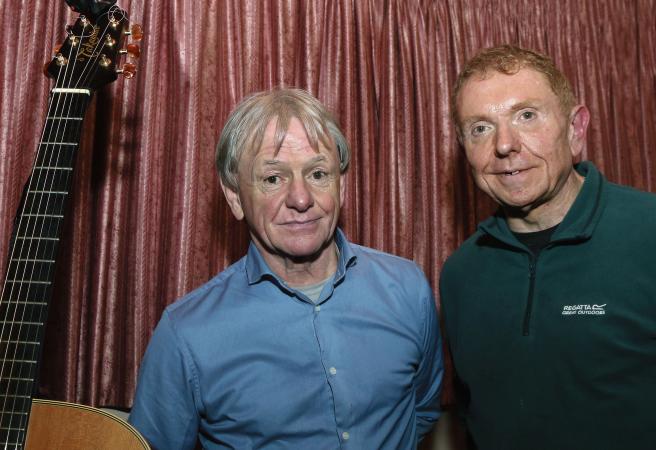
Galway poets make final crowdfunding push to bring Poetry Jukebox to the West
It looks like the periscope in a submarine – but this is a concept to take to the highways and by...

Galway graduate suggests greater use of sport to promote daily use of the language
A young Galway man with a passion for sport and the Irish language has told a Dáil committee that...
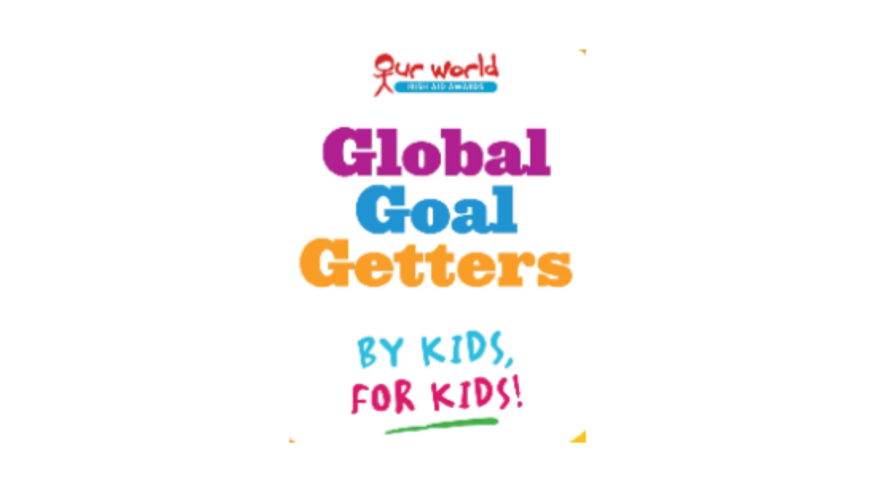
Carrabane pupils to feature in online magazine with rap about Sustainable Development Goals
The work of pupils from Carrabane School has featured in an online magazine. It features the work...
Sign Up To get Weekly Sports UPDATES




